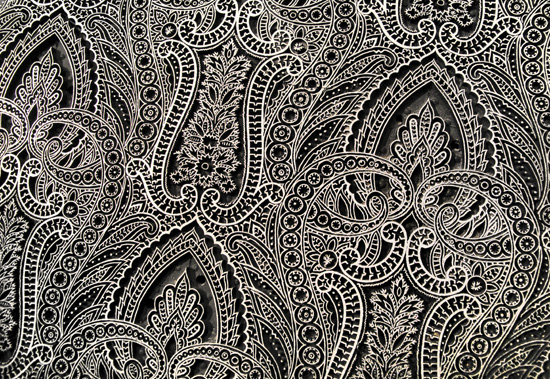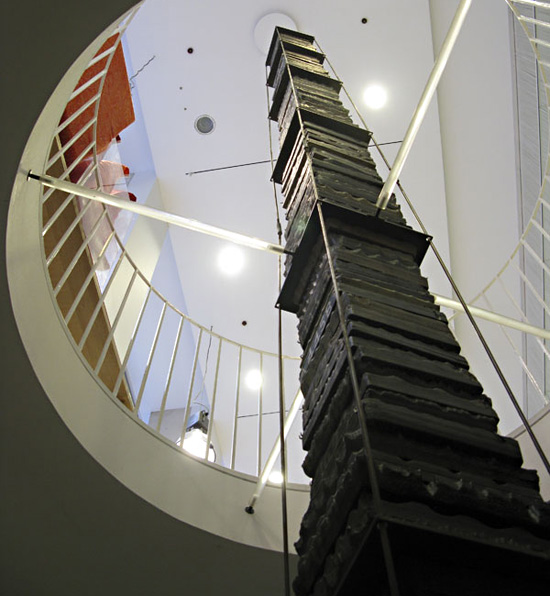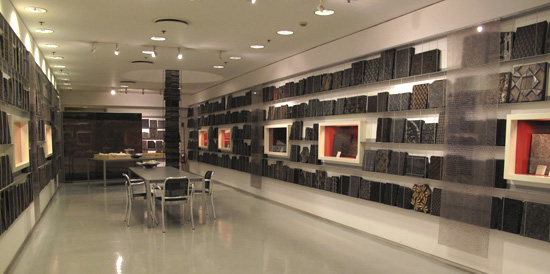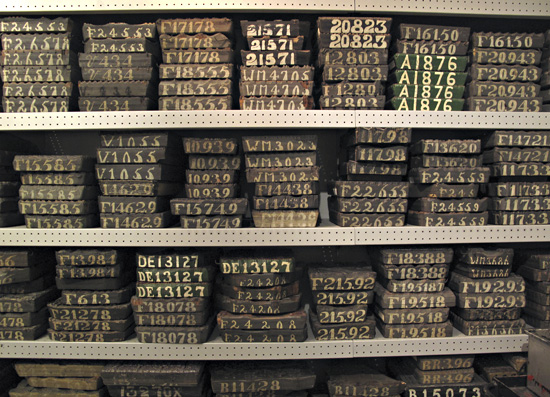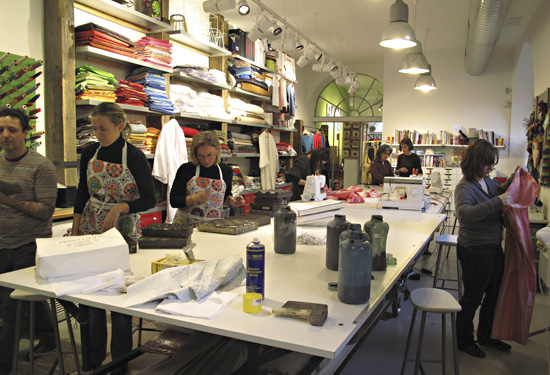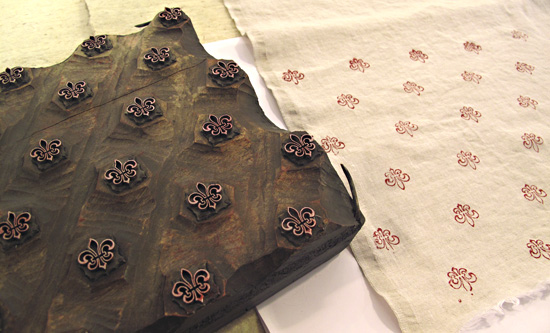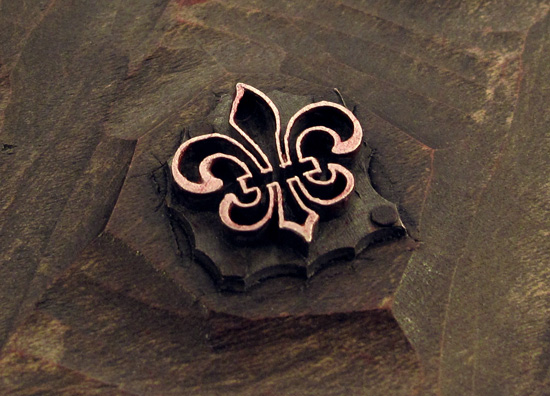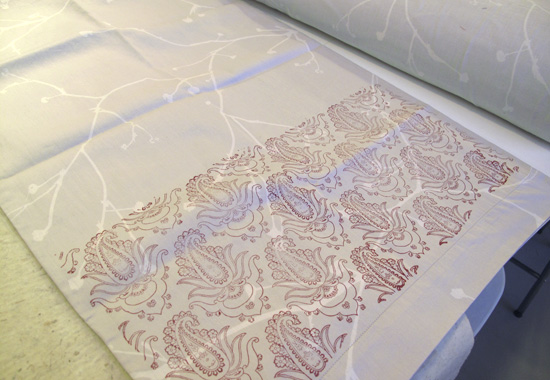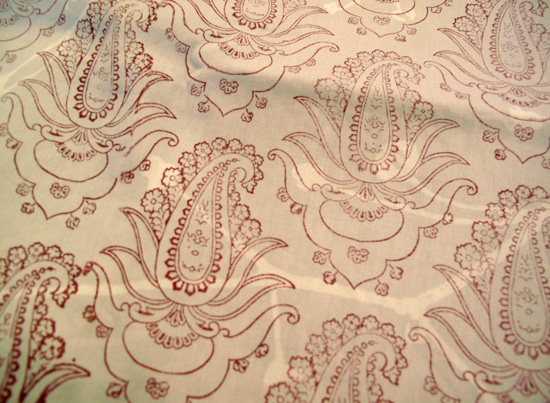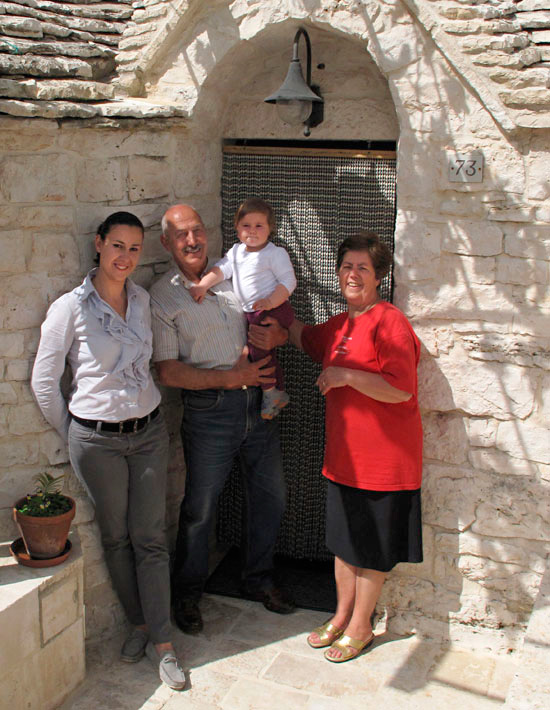
Dear People of Alberobello
Finding out about Alberobello, I itched to stay in a trullo for a couple of nights! Through an internet search, I found Charming Trulli, and dear Antonella. (“Trulli” is plural for “trullo“.) I had a long, complicated Sunday traveling up from Lecce, and finally arrived in early afternoon by train and bus. On her only day off, Antonella picked me up and took me up the hill to my little trullo, adjoining her parents’ house. We dropped my bags, then went next door for coffee and pastries with her parents, Franco and Dora, and her little daughter, Mara. What a sweet reception!

Here’s my perfect, little trullo, with a kitchen, double bed, living room and bathroom. Franco restored the trullo himself.
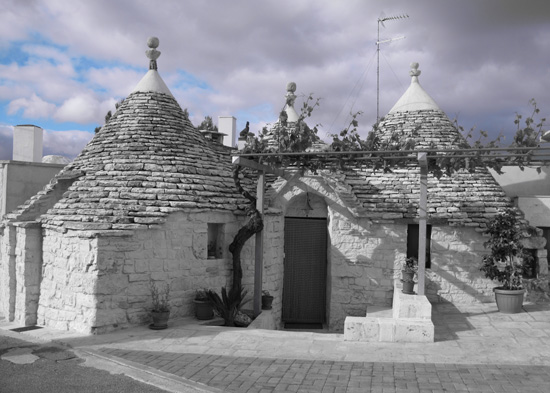
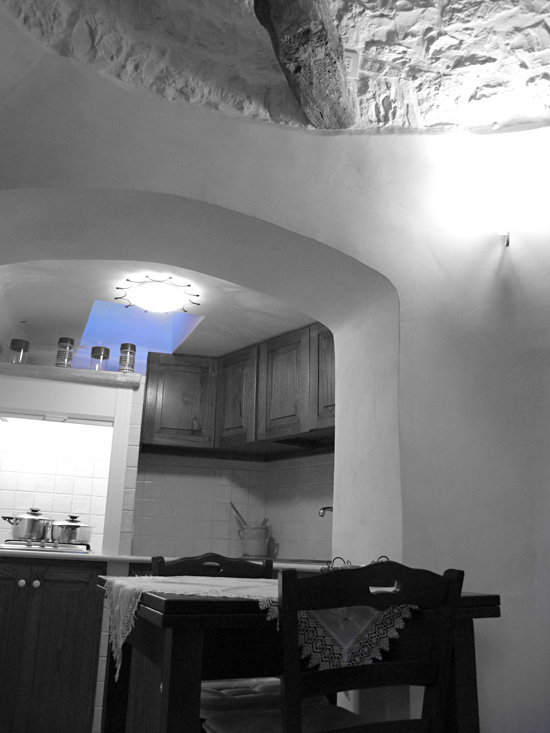
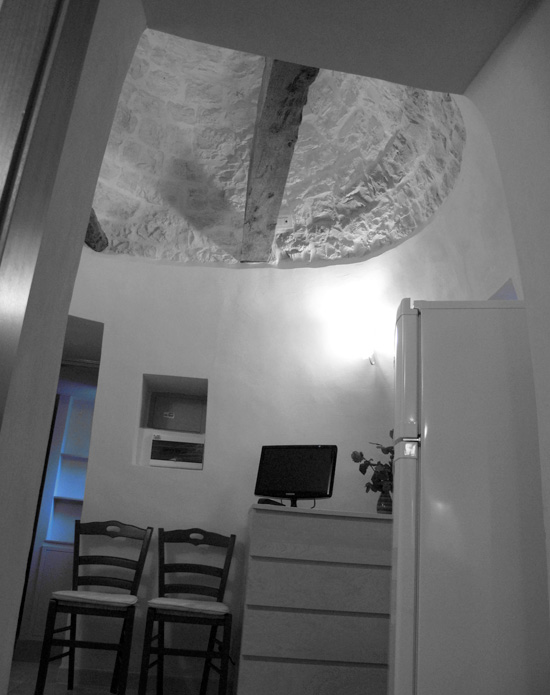
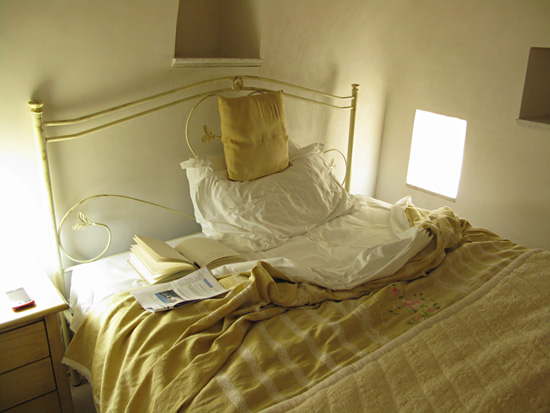
When I awoke the next day, Dora and I met out in their garden, and we talked about artichokes, fava beans, lilies and holly as we compared our different gardens. That evening, Antonella called me and invited me to have dinner with them at a local pizzeria. We sampled some fabulous local appetizers and we each ordered our own pizzas. Of course they just had to give me a piece of each of theirs to try, so I carried half of mine home for “train food” the next day. In the morning, a little rain falling, Franco drove me to the breakfast shop and he and I had a long philosophical conversation about life and death and living fully. He gave me a ride to the train station, and waited with me until the train came. We hugged goodbye and waved. What dear people…
– – –
On Monday, my only full day in town, I had set the alarm for 7:00 because of forecast rain. I know from experience in Venezia that tourists usually aren’t up-and-at-em very early, and I wanted morning light and clear streets. After walking for just a few minutes, the sun came out bright and the sky was vivid blue. The white-washed trulli were brilliant. Perfect.
On the long walk up the road to the Trullo Church, I was photographing the cluster of trulli that have more symbols on their peaks than elsewhere in town. A woman was out cleaning in front of her shop and invited me in to go to her upper terrace for a broader view. I did, and when I came back down, we introduced ourselves and talked for about an hour.
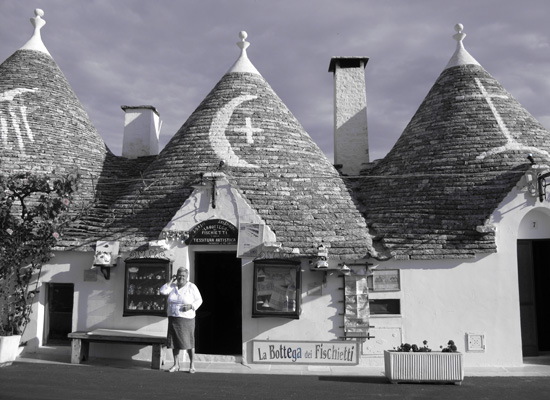
Anna Maria is a weaver and runs a business through which she employs several dozen local women to produce materials to sell. I had no idea that Alberobello is know for its woven textiles! (Uh oh. Trouble.)
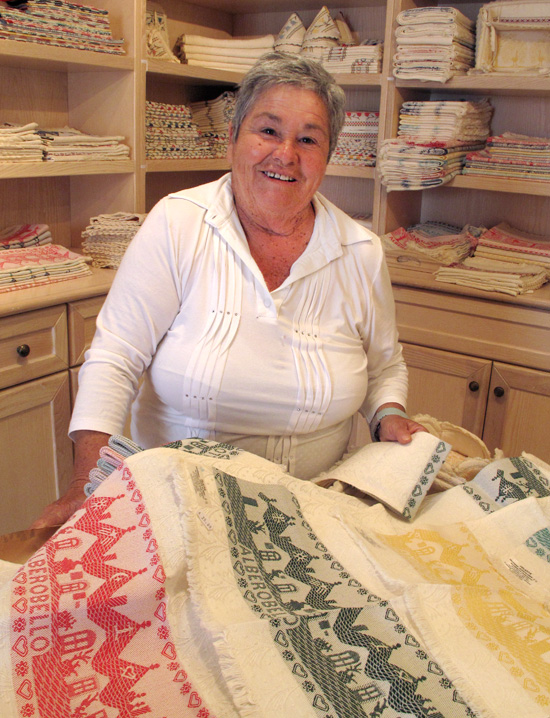
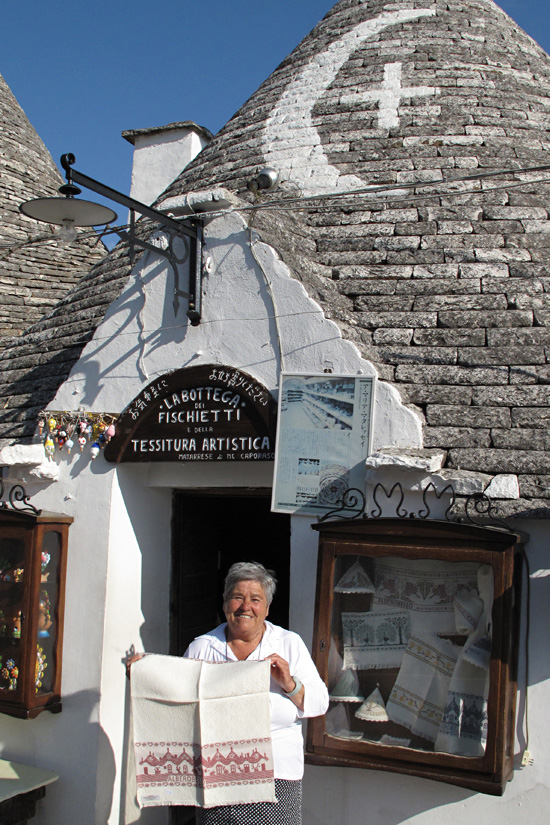
She showed me the traditional patterns, the table cloths and hand towels. I swooned at the fabric and had to bring a piece home with me. In her shop, she sells the woven goods, as well as hand-made, hand-painted ceramic whistles crafted by artists in the region. She gave me one of the whistles-on-a-string to wear for good luck.
Anna Maria and I had such a remarkable connection so quickly. A little later, I returned to my trullo and wrote her a note telling her that she had made my time in Alberobello a treasure. When I went back to give her the card, and read it aloud to her, she was near tears, and therefore, so was I. She said that meant more to her than any sales, and insisted that I follow her next door into her home. She dished up a delicious and heaping bowl of lentils, vegetables and pasta with fresh bread and grilled eggplant. I could NOT say “no”. (I had, though, JUST eaten lunch at a restaurant nearby.)
We talked about life and love and loss. She invited me to stay at the trullo she keeps for friends, the next time I visit. We hugged each other, looked into each other’s eyes and had a hard time saying goodbye. Wow. Touch my heart.
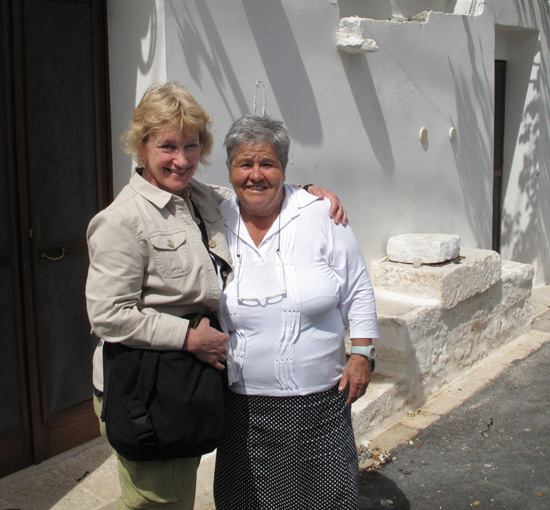
– – –
Sunday, late afternoon, I was getting a little hungry while wandering around, but wasn’t ready for dinner. I stepped into a little shop selling regional food specialties AND giving taste tests: Trullo degli Antichi Sapori di Marco Maria Concetta. I sampled wine, cheese, meats and chatted with Antonio and Rosa. I tested their “Salsa di Tartufo Nero” – black truffle salsa – and snatched up 4 little jars. They nicknamed me “Maria del Tartufo” – Maureen of the Truffles. When I stopped by the next day just to say “hi”, they called me by my nickname. How funny.
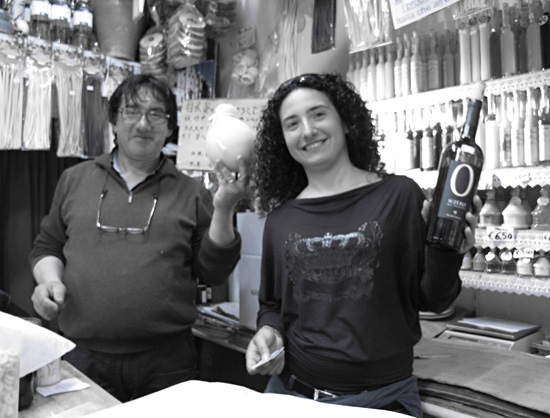
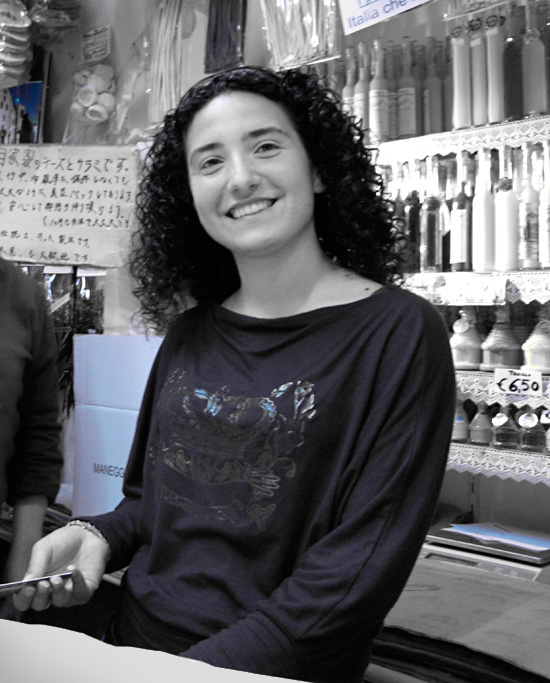
– – –
One of the days, caught in a brief cloudburst, I took my broad scarf out of my bag and wrapped it around my shoulders. An elder woman in a doorway, motioned to me that I should cover my head. I did, and she smiled.
The people of Alberobello, and the region of Puglia, were so warm and unguarded. They opened themselves to me and let me in through conversations and their generosity. They embody the heart of Italy.

